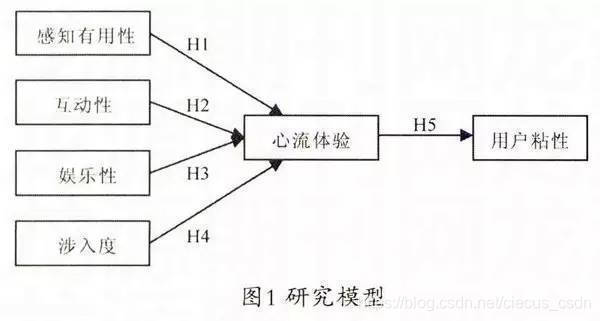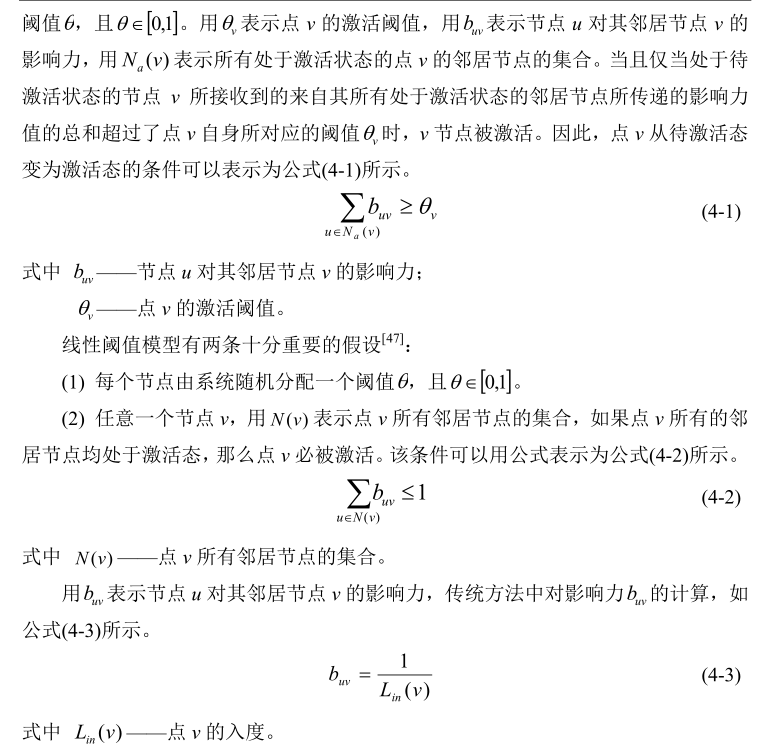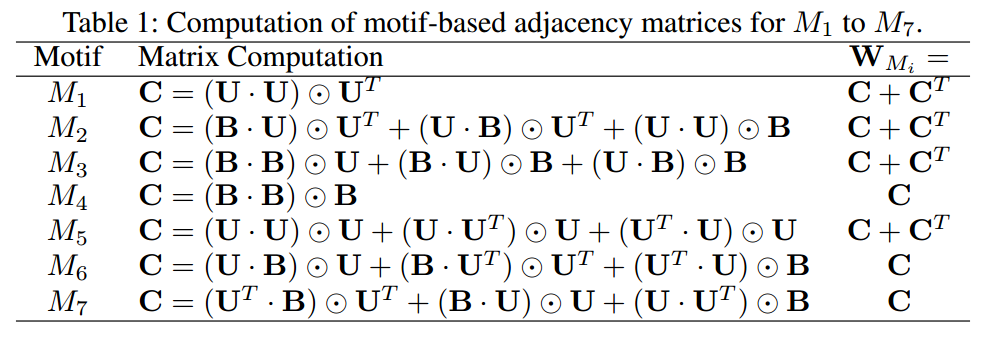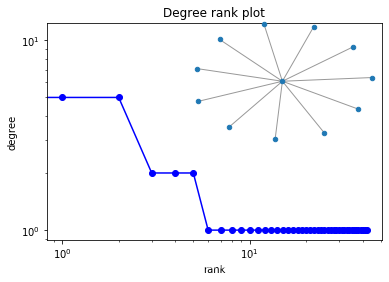质量声明:原创文章,内容质量问题请评论吐槽。如对您产生干扰,可私信删除。
主要参考:Active Contour Model — skimage v0.16.dev0 docs - scikit-image
文章目录
- skimage实现
- 函数声明
- 代码示例
- 结果显示
- Numpy实现
- 代码示例
- 结果显示
skimage实现
函数声明
Active contours by fitting snakes to features of images. Supports single and multichannel 2D images. Snakes can be periodic (for segmentation) or have fixed and/or free ends. The output snake has the same length as the input boundary. As the number of points is constant, make sure that the initial snake has enough points to capture the details of the final contour.
active_contour(image, snake, alpha=0.01, beta=0.1, w_line=0, w_edge=1, gamma=0.01,bc='periodic', max_px_move=1.0, max_iterations=2500, convergence=0.1)Parameters----------image : (N, M) or (N, M, 3) ndarrayInput image.snake : (N, 2) ndarrayInitial snake coordinates. For periodic boundary conditions, endpointsmust not be duplicated.alpha : float, optionalSnake length shape parameter. Higher values makes snake contractfaster.beta : float, optionalSnake smoothness shape parameter. Higher values makes snake smoother.w_line : float, optionalControls attraction to brightness. Use negative values to attract towarddark regions.w_edge : float, optionalControls attraction to edges. Use negative values to repel snake fromedges.gamma : float, optionalExplicit time stepping parameter.bc : {'periodic', 'free', 'fixed'}, optionalBoundary conditions for worm. 'periodic' attaches the two ends of thesnake, 'fixed' holds the end-points in place, and 'free' allows freemovement of the ends. 'fixed' and 'free' can be combined by parsing'fixed-free', 'free-fixed'. Parsing 'fixed-fixed' or 'free-free'yields same behaviour as 'fixed' and 'free', respectively.max_px_move : float, optionalMaximum pixel distance to move per iteration.max_iterations : int, optionalMaximum iterations to optimize snake shape.convergence: float, optionalConvergence criteria.Returns-------snake : (N, 2) ndarrayOptimised snake, same shape as input parameter.References----------.. [1] Kass, M.; Witkin, A.; Terzopoulos, D. "Snakes: Active contourmodels". International Journal of Computer Vision 1 (4): 321(1988). DOI:`10.1007/BF00133570`
代码示例
import numpy as np
from matplotlib import pyplot as plt
from skimage.color import rgb2gray
from skimage import data
from skimage.filters import gaussian
from skimage.segmentation import active_contourimg = data.astronaut() # 读入图像
img = rgb2gray(img) # 灰度化# 圆的参数方程:(220, 100) r=100
t = np.linspace(0, 2*np.pi, 400) # 参数t, [0,2π]
x = 220 + 100*np.cos(t)
y = 100 + 100*np.sin(t)# 构造初始Snake
init = np.array([x, y]).T # shape=(400, 2)# Snake模型迭代输出
snake = active_contour(gaussian(img,3), snake=init, alpha=0.1, beta=1, gamma=0.01, w_line=0, w_edge=10)# 绘图显示
plt.figure(figsize=(5, 5))
plt.imshow(img, cmap="gray")
plt.plot(init[:, 0], init[:, 1], '--r', lw=3)
plt.plot(snake[:, 0], snake[:, 1], '-b', lw=3)
plt.xticks([]), plt.yticks([]), plt.axis("off")
plt.show()
结果显示

Numpy实现
代码示例
import cv2 as cv
import numpy as np
from matplotlib import pyplot as pltdef getGaussianPE(src):"""描述:计算负高斯势能(Negative Gaussian Potential Energy, NGPE)输入:单通道灰度图src输出:无符号的浮点型单通道,取值0.0 ~ 255.0"""imblur = cv.GaussianBlur(src, ksize=(5, 5), sigmaX=3)dx = cv.Sobel(imblur, cv.CV_16S, 1, 0) # X方向上取一阶导数,16位有符号数,卷积核3x3dy = cv.Sobel(imblur, cv.CV_16S, 0, 1)E = dx**2 + dy**2return Edef getDiagCycleMat(alpha, beta, n):"""计算5对角循环矩阵"""a = 2 * alpha + 6 * betab = -(alpha + 4 * beta)c = betadiag_mat_a = a * np.eye(n)diag_mat_b = b * np.roll(np.eye(n), 1, 0) + b * np.roll(np.eye(n), -1, 0)diag_mat_c = c * np.roll(np.eye(n), 2, 0) + c * np.roll(np.eye(n), -2, 0)return diag_mat_a + diag_mat_b + diag_mat_cdef getCircleContour(centre=(0, 0), radius=(1, 1), N=200):"""以参数方程的形式,获取n个离散点围成的圆形/椭圆形轮廓输入:中心centre=(x0, y0), 半轴长radius=(a, b), 离散点数N输出:由离散点坐标(x, y)组成的2xN矩阵"""t = np.linspace(0, 2 * np.pi, N)x = centre[0] + radius[0] * np.cos(t)y = centre[1] + radius[1] * np.sin(t)return np.array([x, y])def getRectContour(pt1=(0, 0), pt2=(50, 50)):"""根据左上、右下两个顶点来计算矩形初始轮廓坐标由于Snake模型适用于光滑曲线,故这里用不到该函数"""pt1, pt2 = np.array(pt1), np.array(pt2)r1, c1, r2, c2 = pt1[0], pt1[1], pt2[0], pt2[1]a, b = r2 - r1, c2 - c1length = (a + b) * 2 + 1x = np.ones((length), np.float)x[:b] = r1x[b:a + b] = np.arange(r1, r2)x[a + b:a + b + b] = r2x[a + b + b:] = np.arange(r2, r1 - 1, -1)y = np.ones((length), np.float)y[:b] = np.arange(c1, c2)y[b:a + b] = c2y[a + b:a + b + b] = np.arange(c2, c1, -1)y[a + b + b:] = c1return np.array([x, y])def snake(img, snake, alpha=0.5, beta=0.1, gamma=0.1, max_iter=2500, convergence=0.01):"""根据Snake模型的隐式格式进行迭代输入:弹力系数alpha,刚性系数beta,迭代步长gamma,最大迭代次数max_iter,收敛阈值convergence输出:由收敛轮廓坐标(x, y)组成的2xN矩阵, 历次迭代误差list"""x, y, errs = snake[0].copy(), snake[1].copy(), []n = len(x)# 计算5对角循环矩阵A,及其相关逆阵A = getDiagCycleMat(alpha, beta, n)inv = np.linalg.inv(A + gamma * np.eye(n))# 初始化y_max, x_max = img.shapemax_px_move = 1.0# 计算负高斯势能矩阵,及其梯度E_ext = -getGaussianPE(img)fx = cv.Sobel(E_ext, cv.CV_16S, 1, 0)fy = cv.Sobel(E_ext, cv.CV_16S, 0, 1)T = np.max([abs(fx), abs(fy)])fx, fy = fx / T, fy / Tfor g in range(max_iter):x_pre, y_pre = x.copy(), y.copy()i, j = np.uint8(y), np.uint8(x)try:xn = inv @ (gamma * x + fx[i, j])yn = inv @ (gamma * y + fy[i, j])except Exception as e:print("索引超出范围")# 判断收敛x, y = xn, ynerr = np.mean(0.5 * np.abs(x_pre - x) + 0.5 * np.abs(y_pre - y))errs.append(err)if err < convergence:print(f"Snake迭代{g}次后,趋于收敛。\t err = {err:.3f}")breakreturn x, y, errsdef main():src = cv.imread("circle.jpg", 0)img = cv.GaussianBlur(src, (3, 3), 5)# 构造初始轮廓线init = getCircleContour((140, 95), (110, 80), N=200)# Snake Modelx, y, errs = snake(img, snake=init, alpha=0.1, beta=1, gamma=0.1)plt.figure() # 绘制轮廓图plt.imshow(img, cmap="gray")plt.plot(init[0], init[1], '--r', lw=1)plt.plot(x, y, 'g', lw=1)plt.xticks([]), plt.yticks([]), plt.axis("off")plt.figure() # 绘制收敛趋势图plt.plot(range(len(errs)), errs)plt.show()if __name__ == '__main__':main()
结果显示
Snake迭代760次后,趋于收敛。 err = 0.010
 | 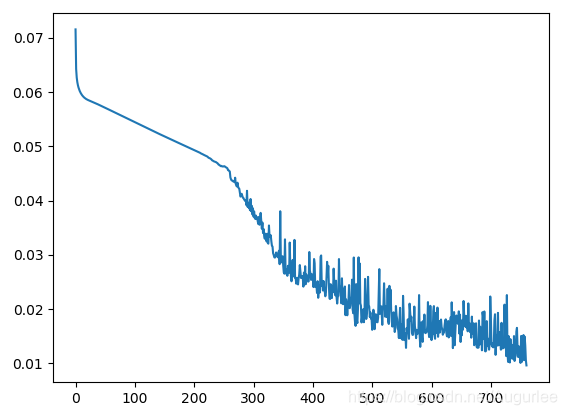 |

